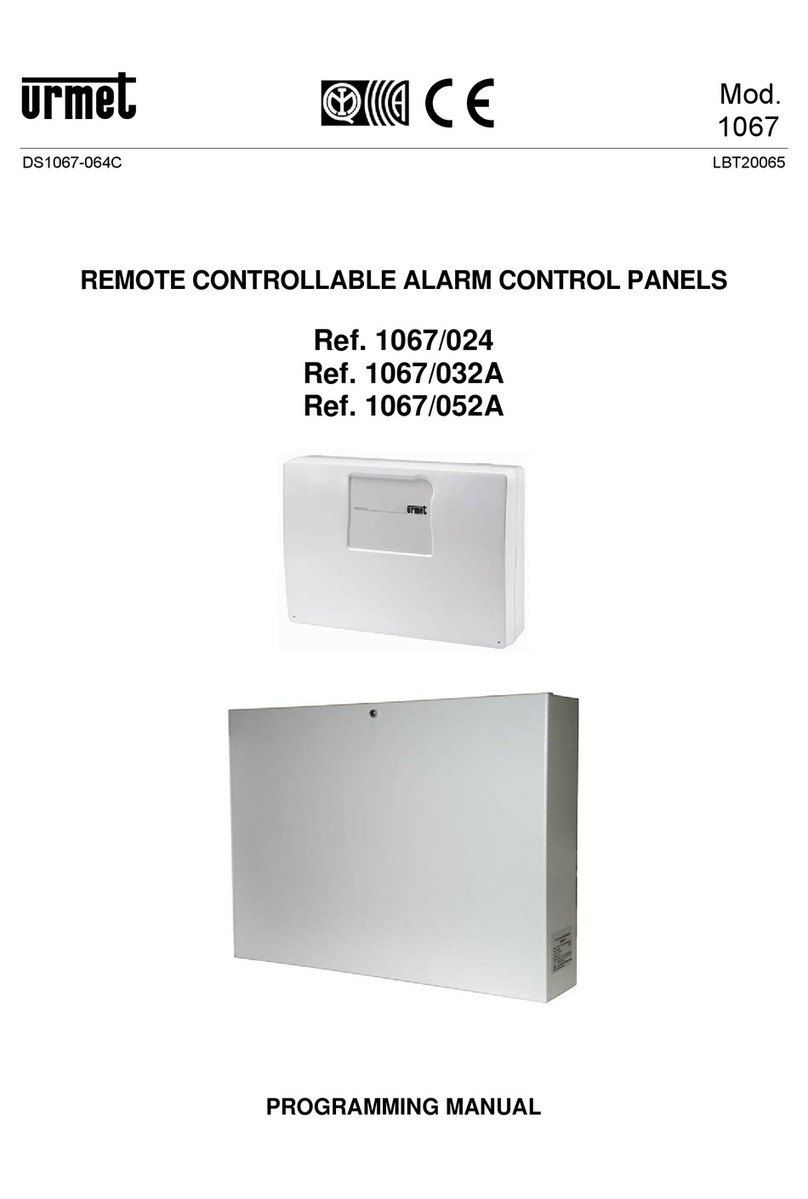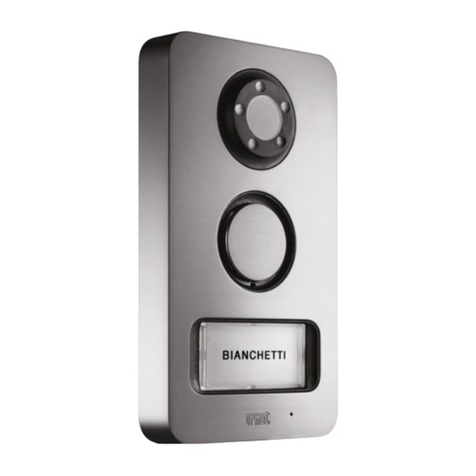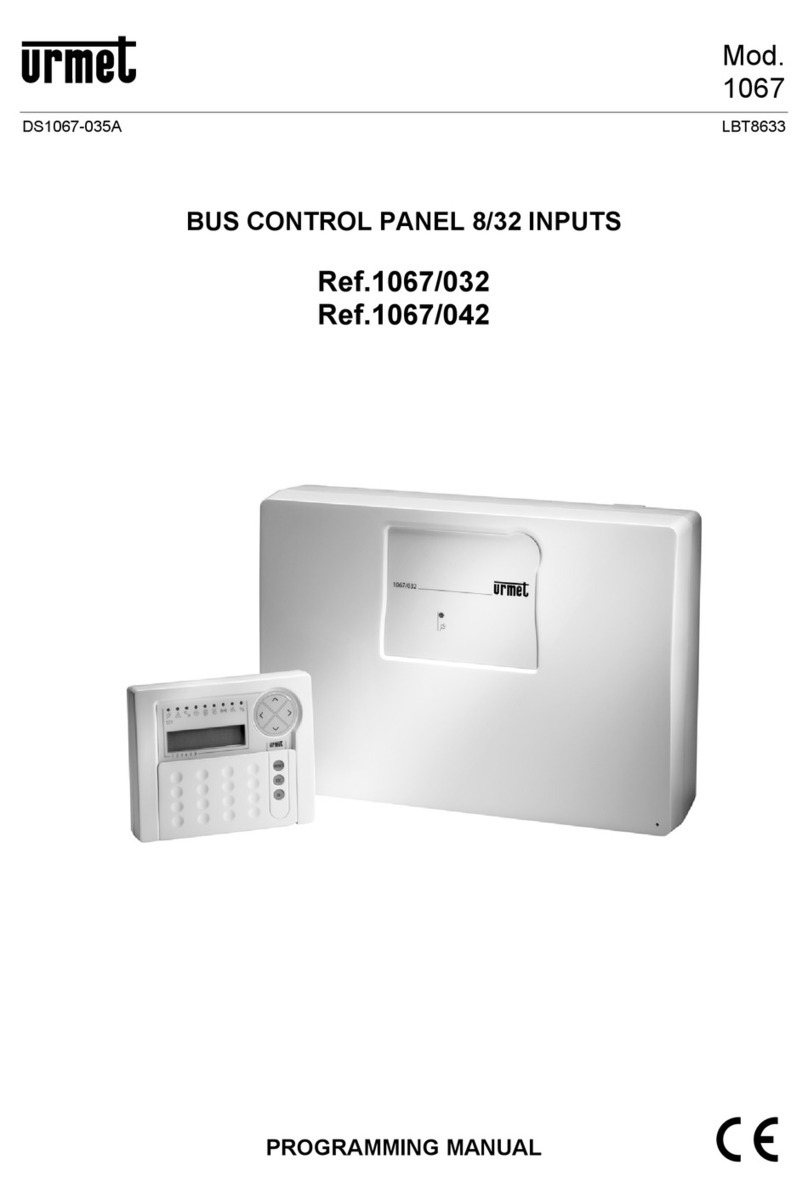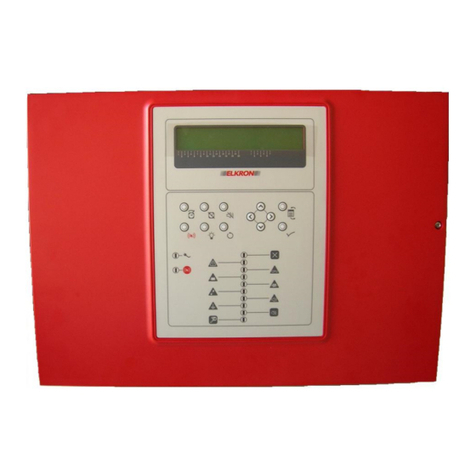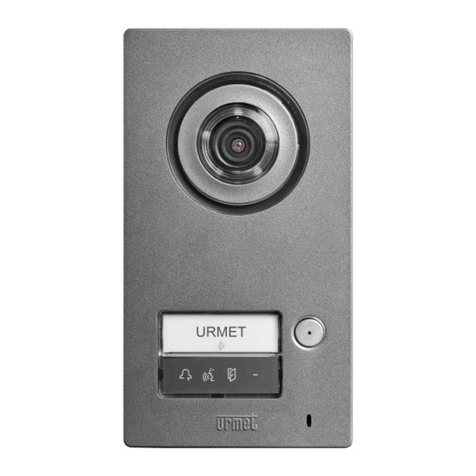
DS1067-063D 3LBT20064
3.3.4 The subdivision into zones................................................................................................................. 37
3.3.5 Choosing devices............................................................................................................................... 38
3.3.6 Positioning the system devices .......................................................................................................... 39
3.3.7 Tips about installing the radio devices................................................................................................ 40
3.3.8 Tips about the mobile phone network (GSM)..................................................................................... 41
3.4 Advanced functions.................................................................................................................... 41
3.4.1 The zones and the areas.................................................................................................................... 41
3.4.2 Input and output: select the delay to avoid setting off the alarm......................................................... 41
3.4.3 The complementary functions (gong, courtesy light, door opener, absence of move) ....................... 43
3.4.4 The attributes of the intrusion inputs (Release type, AND / OR zones, AND inputs).......................... 43
3.4.5 Remote activation of commandable outputs free of charge ............................................................... 44
3.4.6 Environmental listening...................................................................................................................... 44
4DESIGN: CALCULATIONS AND TESTS............................................................................................... 45
4.1 Sizing of the power supplies and the batteries.......................................................................... 45
4.1.1 Battery sizing...................................................................................................................................... 45
4.1.2 Calculation of the total absorption of the system................................................................................ 46
4.1.3 Using supplementary power supply units........................................................................................... 46
4.2 Cable Sizing............................................................................................................................... 46
4.2.1 Cables to be used, connections of the shields and installation .......................................................... 46
4.2.2 Sizing of the power supply cable........................................................................................................ 47
4.2.3 Sizing the power supply and data transmission bus........................................................................... 48
4.2.4 Extending the bus with the repeater................................................................................................... 48
4.2.5 Sizing of audio Bus............................................................................................................................. 50
4.2.6 Sizing of Input/Output connections..................................................................................................... 50
4.3 Control criteria of the mains power supply voltage.................................................................... 50
4.3.1 Blackout event.................................................................................................................................... 50
4.3.2 Continued blackout alarm................................................................................................................... 50
4.3.3 Restoration of the mains power supply .............................................................................................. 50
4.4 Battery management criteria...................................................................................................... 50
4.4.1 Control and charging of the battery with the mains power supply present ......................................... 50
4.4.2 Controlling the battery with mains power supply absent..................................................................... 51
4.4.3 Test battery........................................................................................................................................ 51
4.5 Self-diagnostic functions............................................................................................................ 51
5INSTALLATION...................................................................................................................................... 52
5.1 Installation procedure................................................................................................................. 52
5.2 Wiring......................................................................................................................................... 52
5.3 Preparing the 1067/024 - 1067/032A controlpanel...................................................................... 53
5.3.1 Opening the cover.............................................................................................................................. 53
5.3.2 Openings for cables ........................................................................................................................... 53
5.3.3 Fastening to the wall .......................................................................................................................... 54
5.3.4 Battery compartment and fastening points for the optional features in the 1067/024 - 1067/032A control
panel 55
5.3.5 Assembling expansion modules in the 1067/024 - 1067/032A control panel ..................................... 56
5.4 Preparing the 1067/052A control panel...................................................................................... 57
5.4.1 Opening the cover.............................................................................................................................. 57
5.4.2 Openings for cables ........................................................................................................................... 58
5.4.3 Fastening to the wall .......................................................................................................................... 58
5.4.4 Battery compartment and fastening points for the optional features in the 1067/052A control panel. 60
5.4.5 Assembling expansion modules in the 1067/052A control panel ....................................................... 60
5.5 Installing the 1067/024 –1067/032A –1067/052A control panels............................................ 61
5.5.1 Description of the main parts of the 1067/024 control panel .............................................................. 61
5.5.2 Description of the main parts of the 1067/032A –1067/052A control panels..................................... 63
5.5.3 Assembly of the 1067/002A PSTN Communicator............................................................................. 65
5.5.4 Montaggio Assembly of the 1067/012A - 1067/012B Vocal synthesis board ..................................... 66
5.5.5 Installation of the 1067/458 GSM module ......................................................................................... 67
5.6 Connection of the USB interface and web server...................................................................... 69
5.6.1 Temporary connection of the 1067/003 interface for the USB pen drive for connecting to the PC..... 69
5.6.2 Installation of the 1067/004 web server interface............................................................................... 70
5.7 Installation of the 1067/008A expansion.................................................................................... 71
5.8 Installation of the 1067/022 keypad........................................................................................... 72
